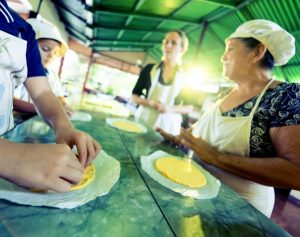The Costa Rican Diet
Costa Rica is a country of incredible diversity, with a population that is made up of people from many different places. This diverse mix is reflected in many aspects of Costa Rican culture, including its cuisine.
Traditional dishes are heavily influenced by the Spanish and Latin American immigrants, as well as the indigenous people of the country. Local food also reflects the cultures of nearby countries, such as Nicaragua, Panama, and Colombia.
Costa Rican cuisine heavily relies on fresh, local ingredients, emphasizing plant-based foods such as beans, rice, corn, and plantains. Rice and beans are a staple in most Costa Rican meals and are often served with meat, chicken, or seafood dishes.
Seafood is also a significant part of Costa Rican cuisine, with various fish, shellfish, and ceviche dishes. Coconut is also used in many dishes and is often served fresh, grated, or in multiple sauces. A wide variety of tropical fruits and vegetables are also popular ingredients and are often served as part of a meal or in freshly-made juices.
What do Costa Ricans eat for breakfast?
Costa Rican breakfasts are anything but light. These meals typically include a combination of grains, fruits, and vegetables, which provide the necessary fuel to kick-start the day.
Here are some examples of a typical breakfast in Costa Rica:
Chorreadas
Chorreadas are a Costa Rican specialty, a traditional type of corn pancake made with fresh yellow corn, milk, flour, sugar, or salt. Fry the blended batter in a shallow layer of cooking oil until golden, and enjoy a delicious treat.
Gallo Pinto
Gallo Pinto is a traditional Costa Rican dish that can be eaten as a meal, side dish, or taco with a corn tortilla and other accompaniments such as eggs, plantains, avocado, and sour cream. To make it, the fresh rice and beans are fried with diced bell peppers, onions, garlic cloves, salsa lizano, and fresh cilantro in vegetable oil.
Patacones
Patacones are a delicious and unique dish that consists of twice-fried green plantains. The unripe plantains are cut into ½ inch circles and deep-fried for 2-3 minutes until golden brown. They are then smashed with a tortilla press or the bottom of a glass and fried again. For an extra special treat, fruit toppings can be added for a sweet take on the traditional dish.
What is a typical dinner in Costa Rica?
Costa Rican dinners are usually as heavy as their breakfasts. But, while breakfasts tend to be dishes like gallo pinto, eggs, and fruit, dinners often include grilled meats, potatoes, beans, plantains, vegetables, and tamales.
Here are some examples of a typical Costa Rican dinner:
Chifrijo
Chifrijo is a traditional Costa Rican dish composed of white rice, beans cooked in spices, chicharrón pork pieces, pico de gallo, and tortilla chips, which are all layered in a bowl and can also be served separately. The name of this unique dish is a combination of the words chicharrón and frijol, referring to the beans.
Picadillo de papa
Picadillo de papa is a traditional Costa Rican dish of potatoes, bell peppers, onions, and ground beef. It is usually served with tortillas and rice and filled with picadillo and blended beans.
Casados
The traditional Costa Rican dish Casados consists of white rice, beans, a choice of meat, and a salad, accompanied by side dishes such as avocado slices, french fries, cheese tortillas, fried plantains, and potato-based stews. It’s a perfectly balanced combination of protein and carbohydrates.
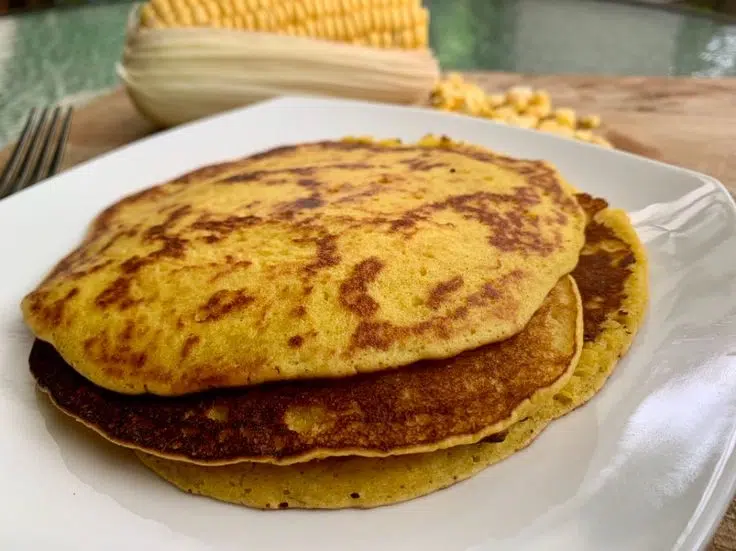
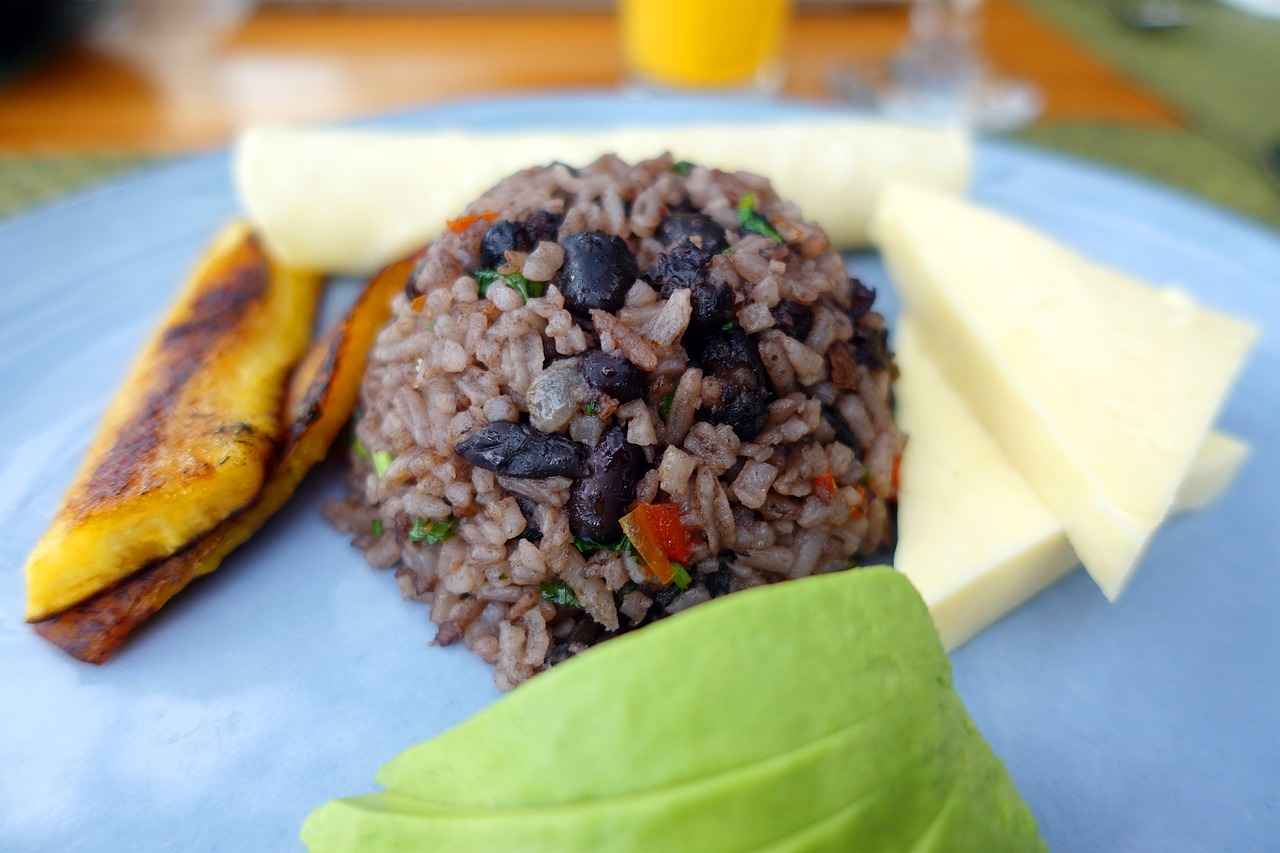
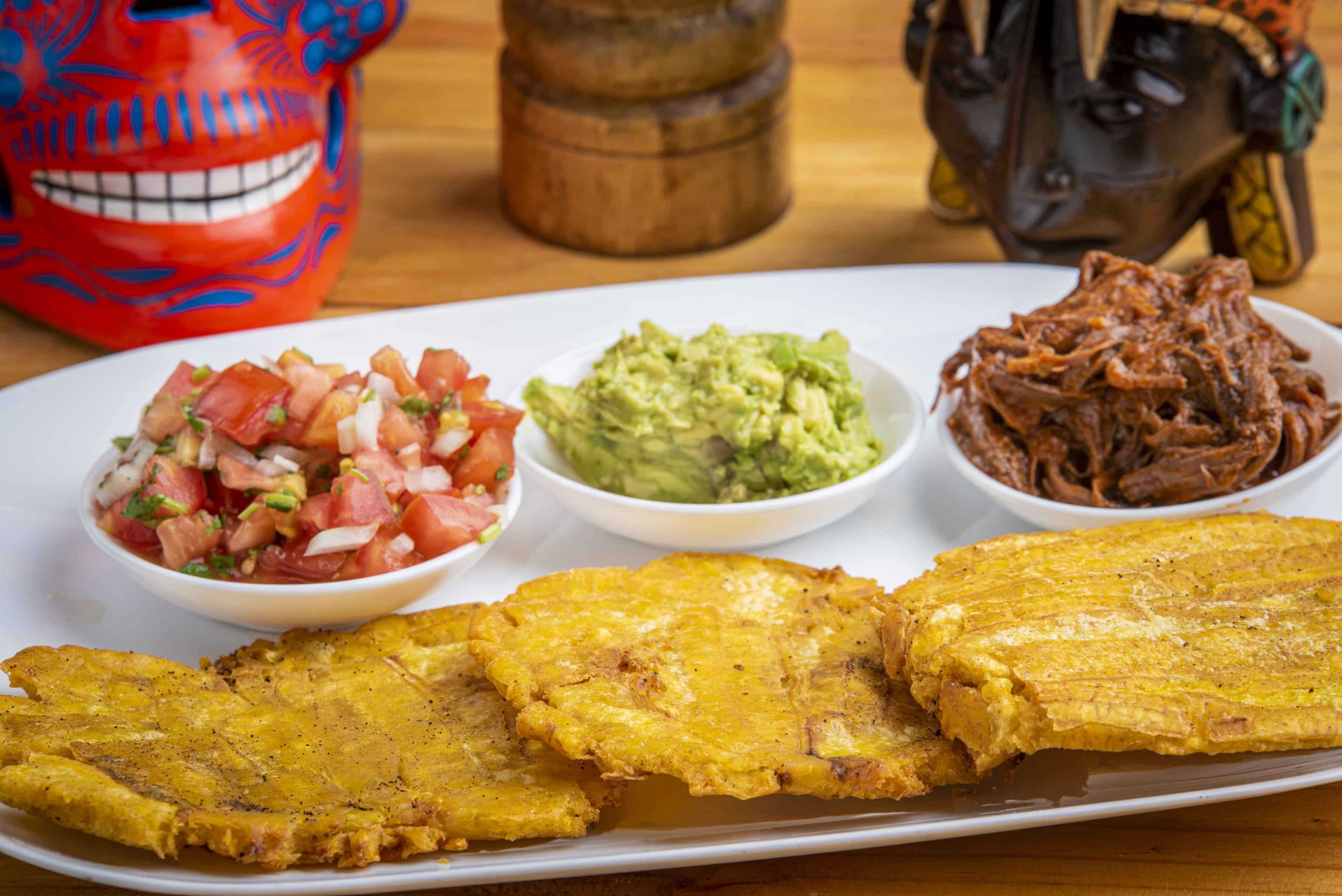
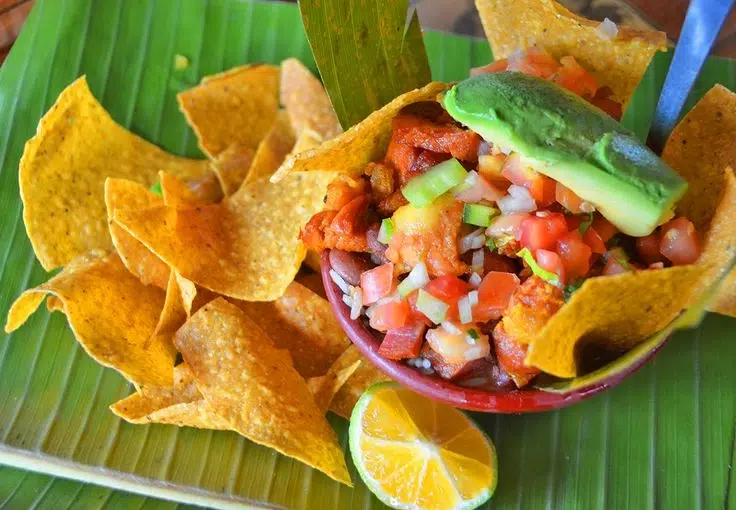
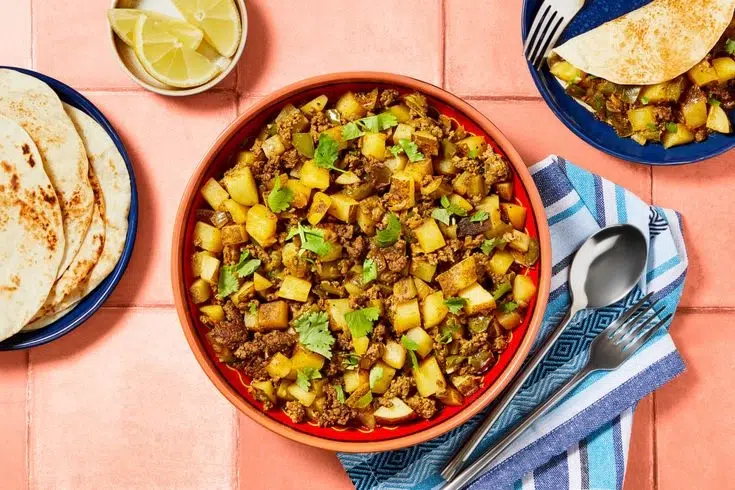
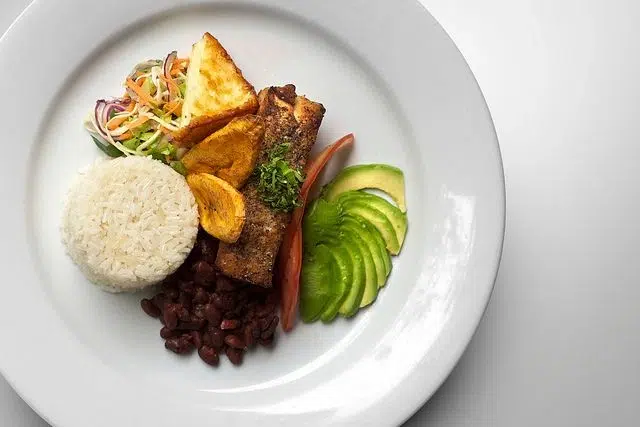
Understanding Costa Rica’s Food Culture
Food is a large part of Costa Rica’s culture and is a way of life for many. During the week, meals are typically prepared and enjoyed at home, while restaurants tend to close up shop early in the evening.
On weekends, families often gather to enjoy traditional dishes such as tamales, with lunches extending into the later hours. The country’s vast array of vegetation makes for a unique variety of ingredients, such as chayote, arracacha, and purple corn. Corn is also a staple for tamales, tortillas, and cookies.
With its prevalence in Costa Rican cuisine, sugar cane has become a symbol of the country’s culture and heritage. The white, sweet cane is often used to sweeten traditional dishes such as tamales. It is sold by street vendors nationwide and is found in sweets and desserts.
Are you a chocolate and coffee lover?
Costa Ricans are known for their love of coffee and chocolate, with many plantations and farms dedicated to cultivating these popular staples. Costa Rica is an ideal place for coffee production with its high altitude, hot temperatures, fertile volcanic soil, rainfall, and tropical climate.
All these elements come together to create a vibrant and delicious food culture that the country takes immense pride in.
If you’re planning a visit to this tropical paradise, be sure to indulge in the authentic Costa Rican food experience and sample some of the world-renowned Costa Rican coffee. To truly immerse yourself in the culture and flavors of this Central American gem, book one of our tours in Costa Rica that explores the coffee and chocolate plantations.
Also, one must-visit destination is the bustling Central Market, where you can find different local produce, artisanal goods, and a taste of the local lifestyle. From freshly brewed coffee and handmade chocolates to traditional dishes and unique souvenirs, there’s something for everyone at the Central Market.
Dining & Tipping Etiquette
While Costa Ricans share some customs with other countries, mostly in Central America, their dining and tipping etiquette does possess some singularities:
- There are three large meals throughout the day. You start with breakfast between 7 and 9 a.m., followed by lunch at around noon, and end your day with dinner around 7 p.m. when the sun sets.
- It is common for people to have lunch leftovers as their evening meal on the same day. Usually, unique dishes mark special occasions, such as birthdays and holidays.
- In Costa Rica, people keep both hands on the table, where everyone can see them while seated. If you forget, don’t worry; it’s not offensive. But it can look sloppy in a local’s eye.
- What will look pretentious for Costa Ricans is eating a salad with anything but a fork. Restrain from cutting the lettuce with a knife, and your meal will go smoothly.
- The tipping system in Costa Rica requires a sales tax and a mandatory 10% tip on restaurant bills, with additional tips for exceptional service being optional but appreciated.
Ready to Explore the Vibrant Culinary Scene of Costa Rica?
Are you ready to embark on an unforgettable culinary journey in Costa Rica? Then let Find My Costa Rica show you what this beautiful country has to offer.
From wine pairings and a walking tour of our coffee farms to taking cooking classes and meeting our local chef, let us know what kind of experience you’re craving, and we will help you plan accordingly.
With our guided food tours, you will experience local flavors and learn about the history and culture of the area, all while having a fantastic time! Contact Find My Costa Rica today and let us help you plan your perfect food-filled vacation in Costa Rica.

